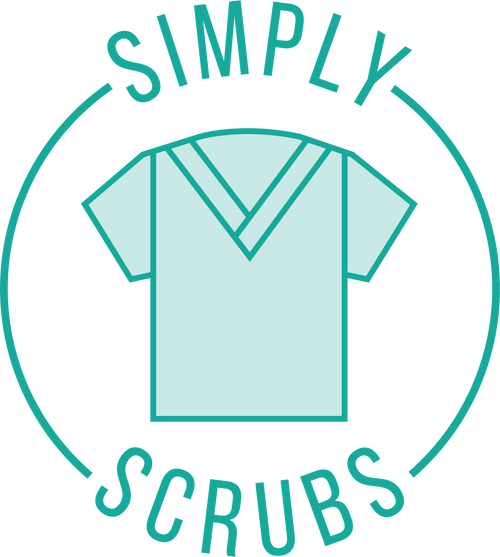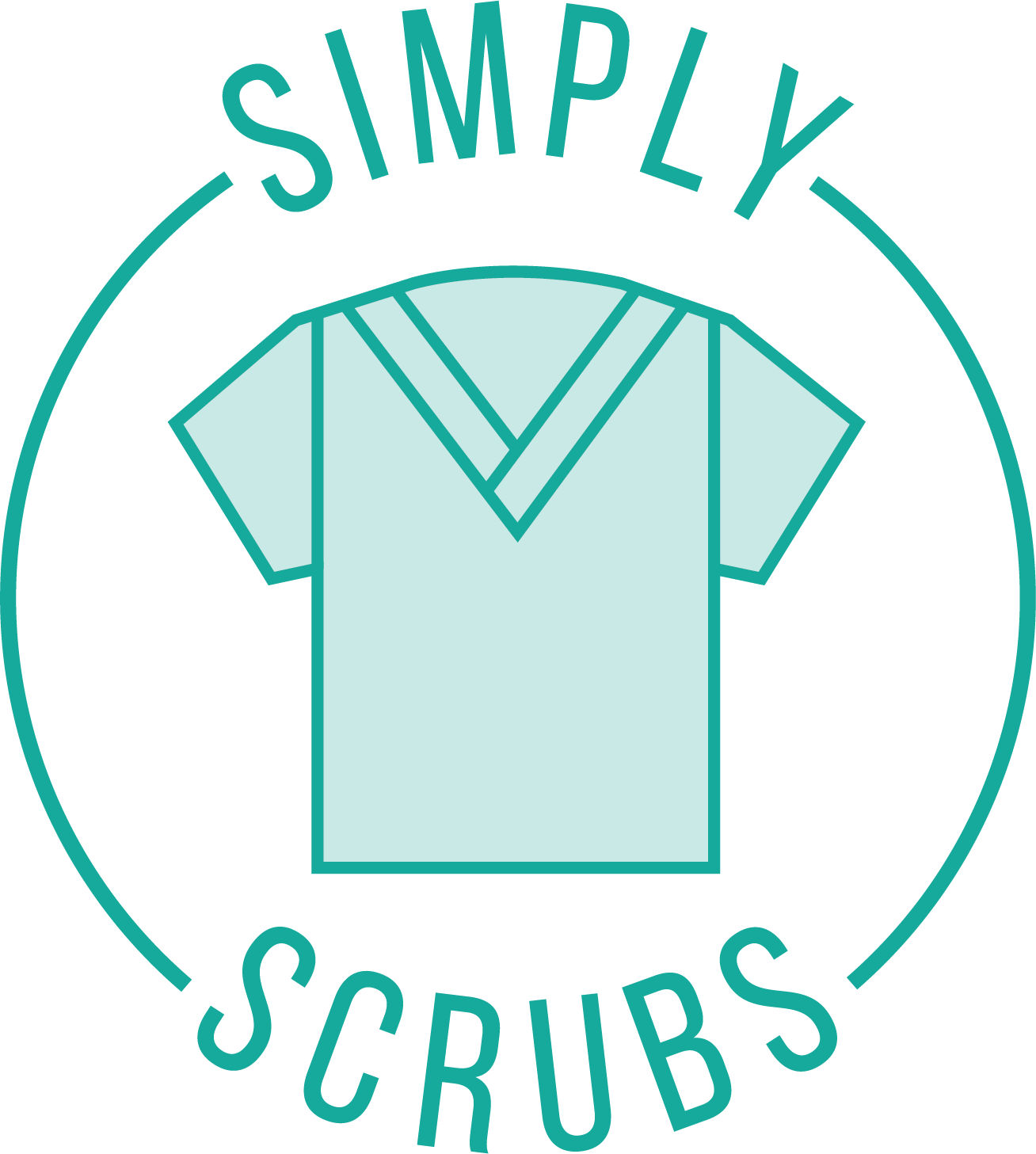Nursing scrubs are an integral part of healthcare professionals' daily attire, providing both functionality and comfort during long shifts. As medical practices evolve, so too do the designs and materials used in scrubs. This guide covers everything you need to know about nursing scrubs, from their history to the latest trends and practical tips for choosing the right ones.
A Brief History of Nursing Scrubs
The concept of medical uniforms dates back to the 19th century, but the modern scrub as we know it began to take shape in the mid-20th century. Initially, surgeons wore scrubs to maintain a sterile environment in the operating room. These early scrubs were simple, functional, and often made from durable fabrics like cotton.
Over the years, the use of scrubs expanded beyond the operating room to include nurses and other healthcare professionals. Innovations in fabric technology, design, and color have transformed scrubs into a versatile and essential part of healthcare attire.
The Anatomy of Nursing Scrubs
Nursing scrubs consist of two main components: scrub tops and scrub pants. Each piece plays a crucial role in providing comfort, mobility, and protection for healthcare workers.
Scrub Tops
Design and Functionality
Scrub tops are typically short-sleeved or long-sleeved shirts with a V-neck or round neck design. They are often equipped with pockets for convenience, allowing nurses to carry essential items like pens, scissors, or small notepads. The design of scrub tops ensures ease of movement, which is crucial for healthcare professionals who spend their days on their feet and performing various tasks.
Materials
Modern scrub tops are made from a range of materials, including cotton, polyester, and blended fabrics and the new trend is fun printed scrub tops. Each material offers different benefits:
- Cotton: Soft and breathable but may not be as durable or resistant to stains.
- Polyester: Durable and resistant to wrinkles and stains, but can be less breathable.
- Blended Fabrics: Combine the benefits of cotton and polyester, offering a balance of comfort, durability, and easy care.
Trends and Innovations
In recent years, there has been a rise in the popularity of antimicrobial and moisture-wicking fabrics in scrub tops. These features help to reduce the growth of bacteria and keep healthcare professionals dry and comfortable throughout their shifts.
Scrub Pants
Design and Fit
Scrub pants are designed for comfort and practicality, typically featuring an elastic waistband or drawstring for a secure fit. They often come with multiple pockets, including side pockets and back pockets, which are useful for storing small items. Some designs also include cargo pockets for additional storage.
Materials
Similar to scrub tops, scrub pants are made from various materials:
- Cotton: Offers comfort but can be prone to wrinkling and staining.
- Polyester: Provides durability and is easier to maintain but may lack breathability.
- Blended Fabrics: Offer a mix of comfort and durability, often preferred for their easy-care properties.
Trends and Innovations
Comfort and functionality continue to drive innovations in scrub pants. Features such as stretchy fabrics and adjustable waistbands have become popular, catering to the diverse needs of healthcare professionals. Additionally, some scrub pants now include reinforced knee areas for extra durability in high-wear zones.
Choosing the Right Scrubs
Selecting the right nursing scrubs involves considering several factors, including fit, fabric, and style. Here are some tips to help you make an informed decision:
- Prioritize Comfort and Fit
Given the long hours spent in scrubs, comfort is paramount. Look for scrubs that offer a good fit without being too tight or too loose. Try on different styles and brands to find the one that best suits your body type and personal comfort preferences. Pay attention to features like adjustable waistbands and stretchable fabrics that enhance mobility.
- Consider Fabric Properties
The choice of fabric can significantly impact your comfort and performance. Opt for materials that offer breathability, durability, and ease of care. If you work in a high-stress environment, consider scrubs with antimicrobial properties to help manage odors and maintain hygiene.
- Choose Functional Designs
Functionality is key in nursing scrubs. Scrub tops with multiple pockets can be very useful, as they allow you to keep essential tools and items within reach. Similarly, scrub pants with cargo pockets provide additional storage space for various needs.
- Stay Up-to-Date with Trends
Fashion and functionality in nursing scrubs are continually evolving. Stay informed about the latest trends and innovations to ensure you are wearing the most effective and stylish scrubs available. Many brands now offer scrubs in a variety of colors and patterns, allowing you to express your personality while maintaining a professional appearance.
Care and Maintenance of Nursing Scrubs
Proper care and maintenance are essential for extending the life of your scrubs and ensuring they remain hygienic. Here are some tips for keeping your scrubs in top condition:
- Follow Washing Instructions
Always follow the manufacturer’s washing instructions to prevent damage and maintain the fabric's integrity. Most scrubs can be machine washed, but it's important to use the appropriate water temperature and detergents. Avoid using bleach unless specifically instructed, as it can weaken the fabric.
- Dry Properly
Air drying is often the best method for drying scrubs, as it reduces the risk of shrinking and maintains the fabric’s quality. If you use a dryer, select a low heat setting to minimize damage. Remove scrubs promptly to avoid wrinkles and maintain their shape.
- Address Stains Promptly
Treat stains as soon as possible to prevent them from setting. Use stain removers specifically designed for the type of fabric your scrubs are made from. Avoid scrubbing too hard, as this can damage the fabric.
Conclusion
Nursing scrubs are more than just a uniform—they are a critical part of a healthcare professional's daily life. Understanding the various components, materials, and trends in scrubs can help you make informed decisions about your work attire. Prioritize comfort, functionality, and proper care to ensure your scrubs meet the demands of your profession while keeping you looking and feeling your best.
By staying updated on the latest advancements and trends in scrub design, you can enjoy the perfect balance of style and practicality in your nursing scrubs.


